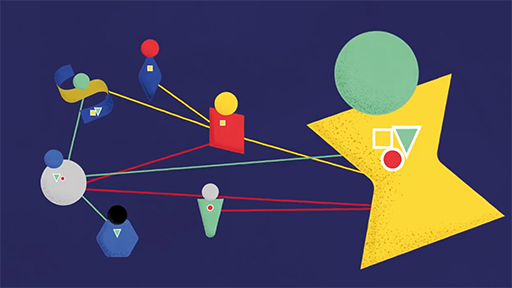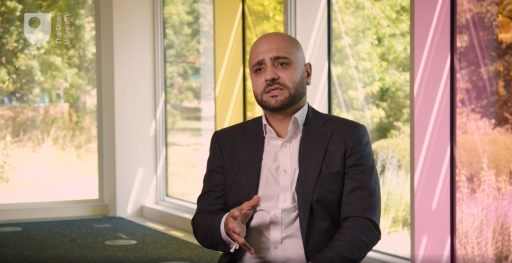6 Intersectionality
Finally this week, you’ll consider the concept of intersectionality. Although you’ve explored each diversity characteristic as a separate issue so far in this course, there are of course many individuals who have a number of these characteristics, and that can make their experiences more complex.
Watch this short video to learn more:

Transcript: Video 3: What is intersectionality?
[MUSIC PLAYING]
[MUSIC PLAYING]
In the workplace, any diversity and inclusion activity that focuses only on one aspect of discrimination has the potential to be a negative experience for some of those involved.
Phillips (no date) explains ‘Without taking an intersectional approach to inclusion, initiatives can have the opposite effect, isolating people further – e.g. If a work initiative is aimed at improving the opportunities for LGBTQ+ staff but doesn’t take into consideration the barriers facing LGBTQ+ staff who are also people of colour, or are also disabled, or both, then this can leave those employees feeling even more on the fringes and unable to express all parts of their identity and needs freely and safely. This emotional burden of not feeling seen, heard or safe, can create a toxic environment resulting exhaustion.’
Henke (no date) suggests six ways organisations can improve on intersectionality:
- Recognise individual identities – enabling employees to identify their diversity dimensions voluntarily is a crucial starting point for revealing the different experiences of different groups.
- Capture data and encourage people to tell their own stories – it is important to respond, so use this learning for something tangible, e.g. to support initiatives such as affinity groups, conscious inclusion training and benchmarking.
- Capture a culture of acknowledgement and understanding – this will help to build an environment of openness and inclusion, with greater satisfaction and productivity.
- Capture diversity of thought – breeding dynamic creativity, ideas and workforce agility, while maintaining a culture of inclusiveness.
- Help leaders to understand – inclusive leadership is about creating a high trust culture, proactively seeking out or inviting divergent points of view. If people think your message is to ‘tick boxes’ they will not engage with it.
- Educate colleagues – to ensure that a level of understanding exists across the entire workforce, e.g. a mandatory learning and development curriculum covering intersectionality, creating a culture of inclusion and how to be an ally; mixing peer-to-peer networks and promoting social interaction around global cultural events; sharing information through employee resource groups.
In the next activity, you’ll have the opportunity to reflect on diversity training you’ve had in the past, and whether it recognised intersectionality.
Activity 6 Recognising intersectionality
Take a few minutes to reflect on any diversity awareness training you’ve had, in the workplace, at an educational establishment or elsewhere. Did it take into account the concept of intersectionality or focus on one topic only? If it was single topic training, how might it have been done differently?
Comment
Much of the training we experience, while important, useful and well meaning, does tend to focus on a single issue, e.g. race or disability. By widening our discussions of inclusion, we can make them more inclusive and enhance our understanding of its importance and value.
Another important aspect of intersectionality is that different elements will become more or less important throughout our lives, as Asif Sadiq explains.

